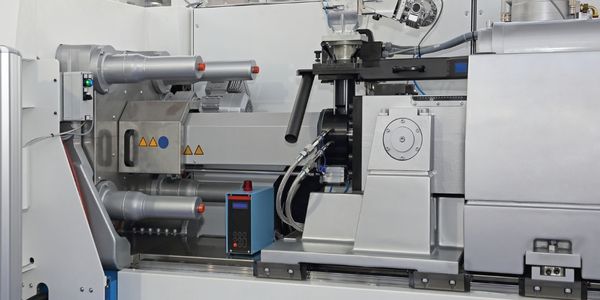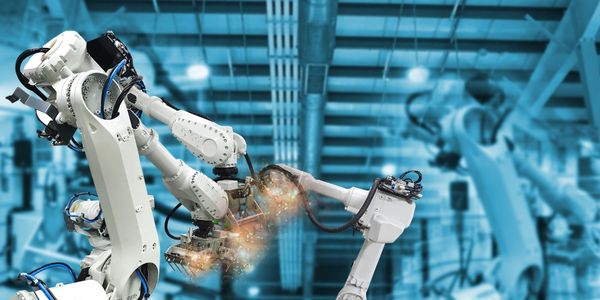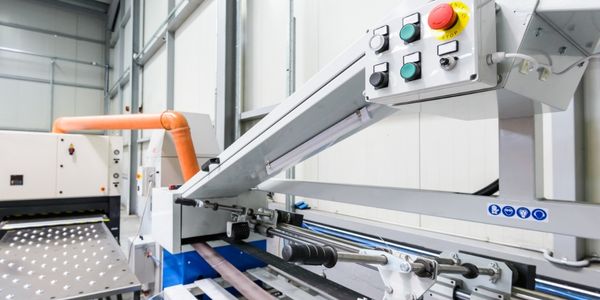公司规模
SME
地区
- America
国家
- United States
产品
- Acumatica Financial Management Suite
- Acumatica Distribution Management Suite
技术栈
- SQL database
- Acumatica
实施规模
- Enterprise-wide Deployment
影响指标
- Productivity Improvements
- Cost Savings
技术
- 平台即服务 (PaaS) - 数据管理平台
适用功能
- 离散制造
用例
- 库存管理
- 自动化制造系统
服务
- 系统集成
- 云规划/设计/实施服务
关于客户
Lockwood Products Inc. 是一家位于俄勒冈州奥斯威戈湖的制造公司。该公司发明了模块化冷却剂软管 Loc-Line。该软管用于各种不同的用途,包括大型水族馆的空气输送以及烟雾和灰尘去除真空系统。许多消费者都知道它是一种稳定而灵活的软管,可以帮助他们定位 Go-Pro® 等相机。该公司由 Arnold Lockwood 于 1981 年创立,此后发展迅速。该公司的总裁兼首席执行官是 Chad Lockwood。
挑战
Lockwood Products Inc. 是模块化冷却液软管(称为 Loc-Line)的发明者,该公司在管理其不断增长的业务时面临挑战,因为有两个不相连的财务系统。该公司使用 QuickBooks Enterprise 进行财务管理,使用名为 Activate 的附加产品进行库存和订单输入。在两个系统之间来回切换的过程变得越来越令人沮丧。此外,访问数据和创建报告是一项复杂的任务,因为它涉及将数据导出到电子表格、在 Activate 的 SQL 数据库管理控制台中编写查询以及使用 Crystal Reports 创建报告。
解决方案
Lockwood Products 决定采用基于云的企业资源规划 (ERP) 解决方案 Acumatica,以更好地管理其日常订单处理、实现更好的库存管理并实现紧密集成的 ERP 的优势。该公司聘请了 IT 公司 Bennett/Porter & Associates 来实施新系统。Acumatica 的财务管理套件和分销管理套件被选为实施方案。新系统为所有模块提供了统一的界面、用于数据存储的强大 SQL 数据库、本地产品支持和大量客户群。实施工作按时按预算完成。
运营影响

Case Study missing?
Start adding your own!
Register with your work email and create a new case study profile for your business.
相关案例.

Case Study
Plastic Spoons Case study: Injection Moulding
In order to meet customer expectations by supplying a wide variety of packaging units, from 36 to 1000 spoons per package, a new production and packaging line needed to be built. DeSter wanted to achieve higher production capacity, lower cycle time and a high degree of operator friendliness with this new production line.

Case Study
Robot Saves Money and Time for US Custom Molding Company
Injection Technology (Itech) is a custom molder for a variety of clients that require precision plastic parts for such products as electric meter covers, dental appliance cases and spools. With 95 employees operating 23 molding machines in a 30,000 square foot plant, Itech wanted to reduce man hours and increase efficiency.

Case Study
Hospital Inventory Management
The hospital supply chain team is responsible for ensuring that the right medical supplies are readily available to clinicians when and where needed, and to do so in the most efficient manner possible. However, many of the systems and processes in use at the cancer center for supply chain management were not best suited to support these goals. Barcoding technology, a commonly used method for inventory management of medical supplies, is labor intensive, time consuming, does not provide real-time visibility into inventory levels and can be prone to error. Consequently, the lack of accurate and real-time visibility into inventory levels across multiple supply rooms in multiple hospital facilities creates additional inefficiency in the system causing over-ordering, hoarding, and wasted supplies. Other sources of waste and cost were also identified as candidates for improvement. Existing systems and processes did not provide adequate security for high-cost inventory within the hospital, which was another driver of cost. A lack of visibility into expiration dates for supplies resulted in supplies being wasted due to past expiry dates. Storage of supplies was also a key consideration given the location of the cancer center’s facilities in a dense urban setting, where space is always at a premium. In order to address the challenges outlined above, the hospital sought a solution that would provide real-time inventory information with high levels of accuracy, reduce the level of manual effort required and enable data driven decision making to ensure that the right supplies were readily available to clinicians in the right location at the right time.

Case Study
Fully Automated Visual Inspection System
Tofflon has developed a fully automatic machine that uses light to inspect vials, medicine bottles, or infusion containers for glass fragments, aluminum particles, rubber grains, hairs, fibers, or other contaminants. It also detects damaged containers with cracks or inclusions (microscopic imperfections), automatically removing faulty or contaminated products. In order to cover all production processes for freeze-dried pharmaceuticals, Tofflon needed to create an open, consistent, and module-based automation concept.

Case Study
SAP Leonardo Enabling Rocket Science
At times, ULA has as many as 15 different operating systems dedicated to overlapping processes, such as rocket design, testing, and launch. Multiple systems created unnecessary costs and unwanted confusion among workers at offices, factories, and launch sites in different location. In order to improve collaboration and transparency during vital activities that directly influence mission success, ULA wanted to improve data sharing and streamline manufacturing processes.








